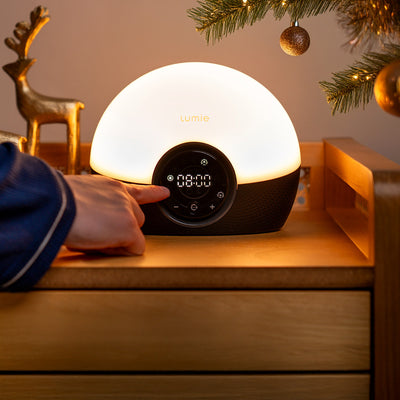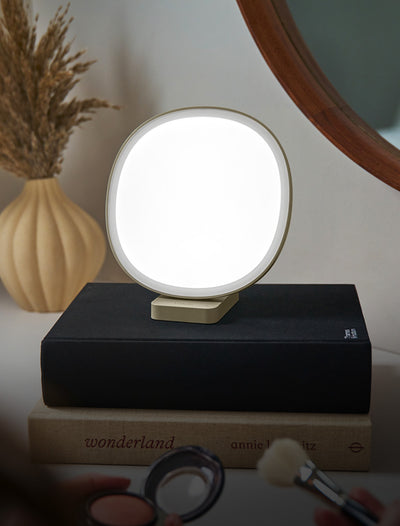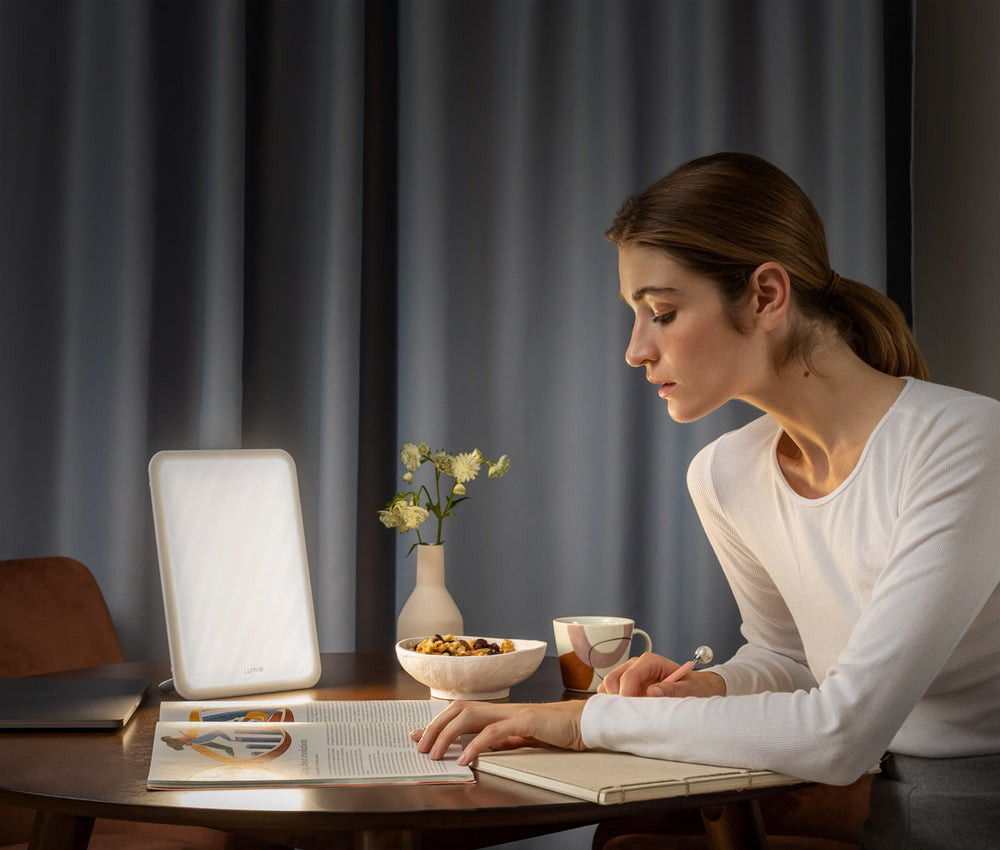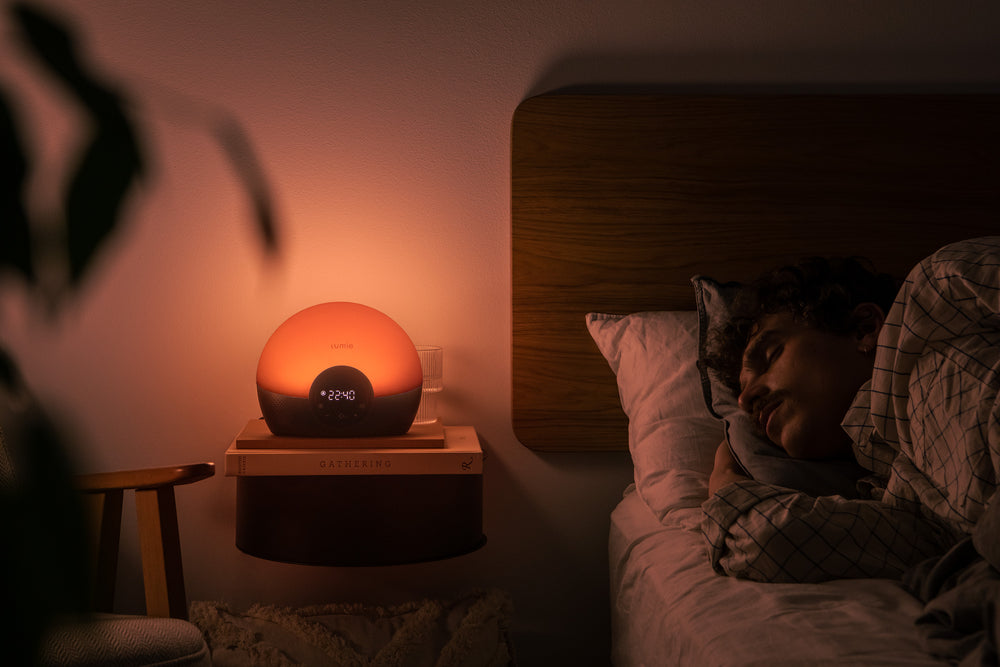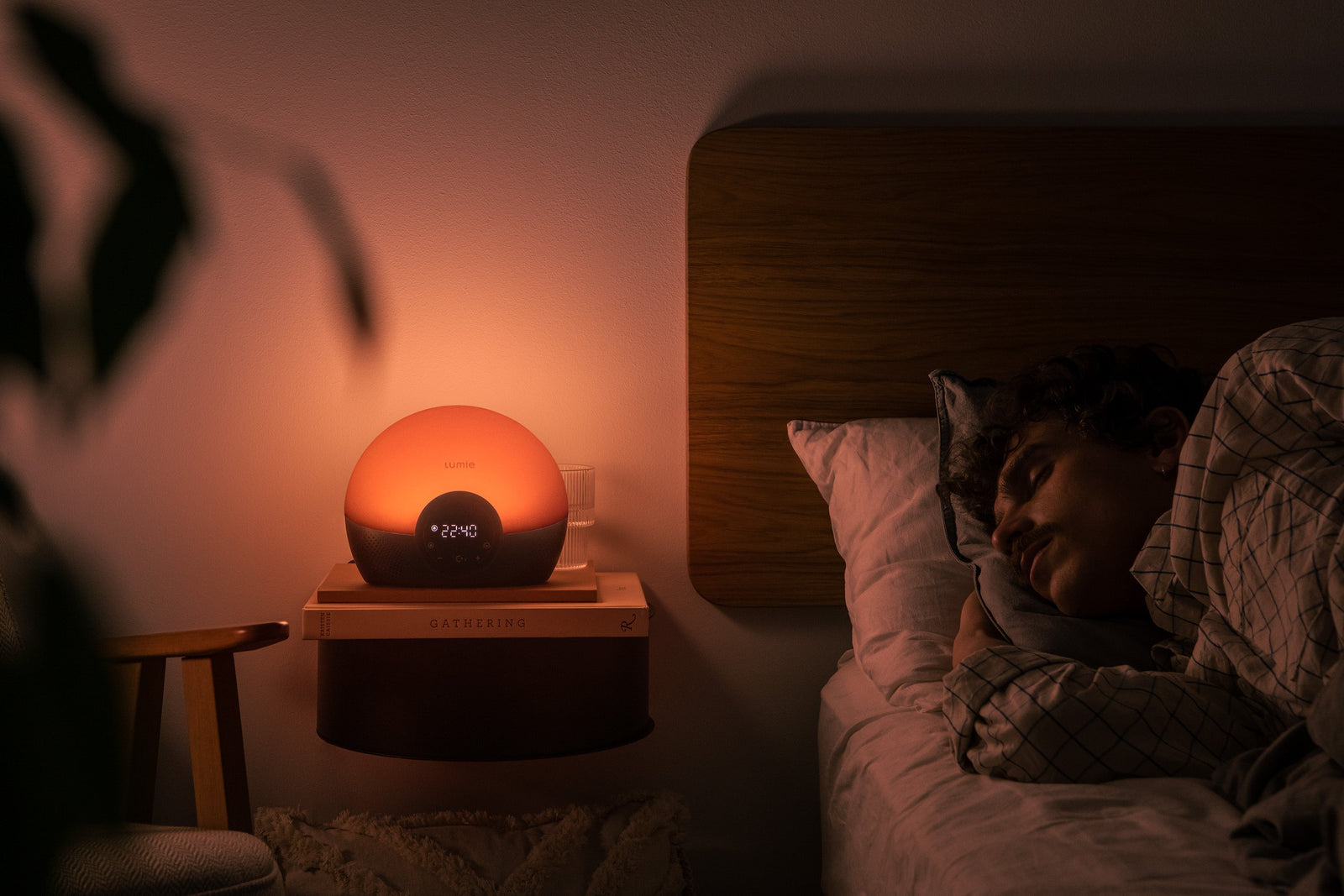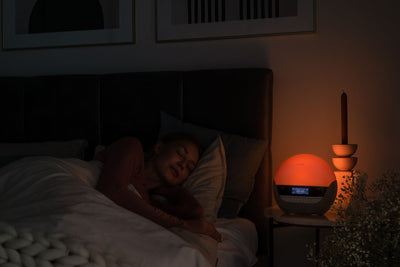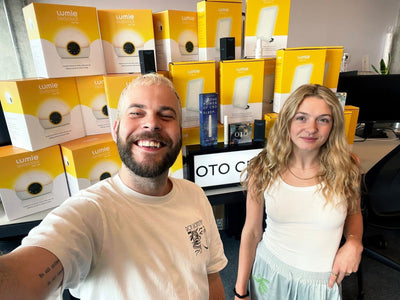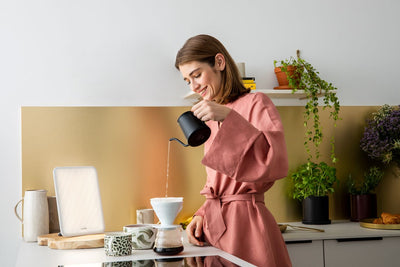Light therapy: a game-changer for teen sleep patterns
Are you a parent of a teenager who struggles to wake up for school? Or perhaps you’re a teen yourself, finding it hard to get enough sleep during the week? A recent study published in Sleep Advances might have just the solution for you!
Why is sleep so important for teenagers?
Teenagers experience unique changes in their sleep patterns due to shifts in their biological clocks, which naturally make them want to stay up later and wake up later. This shift, combined with early school start times, homework, extracurricular activities and social obligations, often results in teenagers not getting the recommended 8-10 hours of sleep per night. Adequate sleep is crucial for teenagers as it supports their physical growth, cognitive development and emotional well-being. Lack of sleep can lead to issues such as increased irritability, difficulty concentrating and a higher risk of mental health problems like depression and anxiety (you can read more about it here).
The study
Helping teenagers get more sleep is essential for their overall health and development, but it can be a real challenge. Thanks to a recent study, we can see how introducing a simple protocol for advancing bedtimes can lead to incredible results. Researchers led by Stephanie J. Crowley explored how extending weeknight sleep duration in late-sleeping adolescents could be achieved using morning bright light on weekends. The study involved 14 adolescents aged 15.3-17.9 years, who were divided into two groups: an intervention group and a control group.
The intervention
The intervention group followed a structured plan:
Gradual bedtime shift: Over two weeks, participants gradually shifted their weekday bedtime earlier by up to two hours.
Weekend bright light: On one weekend, they received 2.5 hours of bright light exposure (~6000 lux) each morning.
The Results
The results were impressive! The researchers observed:
Advanced circadian phase: The intervention group showed a significant advancement in their circadian phase, meaning their internal body clocks were better aligned with their desired sleep schedule.
Increased sleep duration: Weeknight sleep duration increased by an average of 69.7 minutes.
Stable sleep patterns: Even after three weeks of at-home maintenance, the early circadian phase and extended sleep duration were maintained.
Why bright light?
Bright light exposure in the morning helps reset the body’s internal clock, also known as circadian rhythm, making it easier to fall asleep earlier and wake up feeling refreshed. This is particularly beneficial for teenagers, who naturally tend to have later sleep schedules. Bright light therapy is advantageous for everyone, especially during autumn and winter when shorter days limit natural morning light. The lack of morning light cues during these seasons can disrupt the circadian rhythm, leading to difficulties in falling asleep and waking up. Incorporating daily bright light therapy can mitigate these issues by providing the necessary light exposure to signal to the body that it is time to wake up and be alert. This practice can improve overall sleep quality, mood and energy levels, making it a valuable tool for enhancing sleep hygiene and overall well-being

Do try this at home!
If you’re looking to have a go at this protocol, here are some tips:
Gradually adjust bedtime: Start by shifting bedtime earlier in small increments.
Use a bright light therapy lamp: Invest in a lightbox! The researchers suggested using a lamp that provides around 6000 lux of light, recommending using it for about 2.5 hours in the morning on weekends. All of our bright light therapy lamps are powerful and effective, delivering 10,000 lux, meaning you can shorten the treatment time – start with 30-60 minutes and gradually increase this time if needed. Consistency is key: A good night’s sleep begins the minute you wake up! Maintain a consistent wake-up time, even on weekends, to help stabilise your sleep patterns.
Consider adding a wake-up light to your routine: To help facilitate consistent wake times and provide a stronger and more natural ‘it’s time to wake up’ cue, invest in a sunrise alarm clock such as Lumie Bodyclock Rise 100 for example. These clocks simulate a natural dawn, gradually increasing light to wake you up gently and effectively.
Conclusion
This study highlights the potential of bright light therapy to help teenagers get the sleep they need. By making small adjustments to bedtime and incorporating morning bright light, teens can enjoy longer, more restful sleep throughout the week.
Reference
Crowley SJ, Poole E, Adams J, Eastman CI. Extending weeknight sleep duration in late-sleeping adolescents using morning bright light on weekends: a 3-week maintenance study. Sleep Adv. 2024 Aug 31
